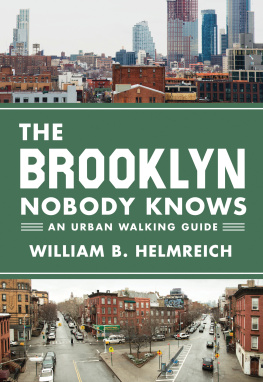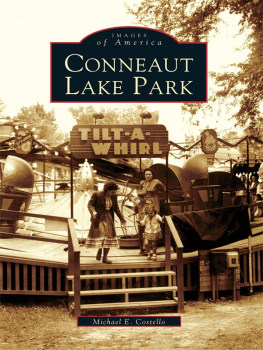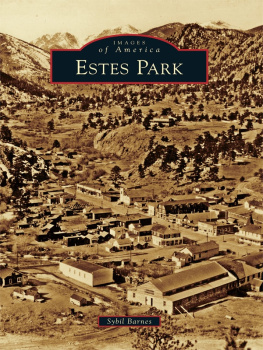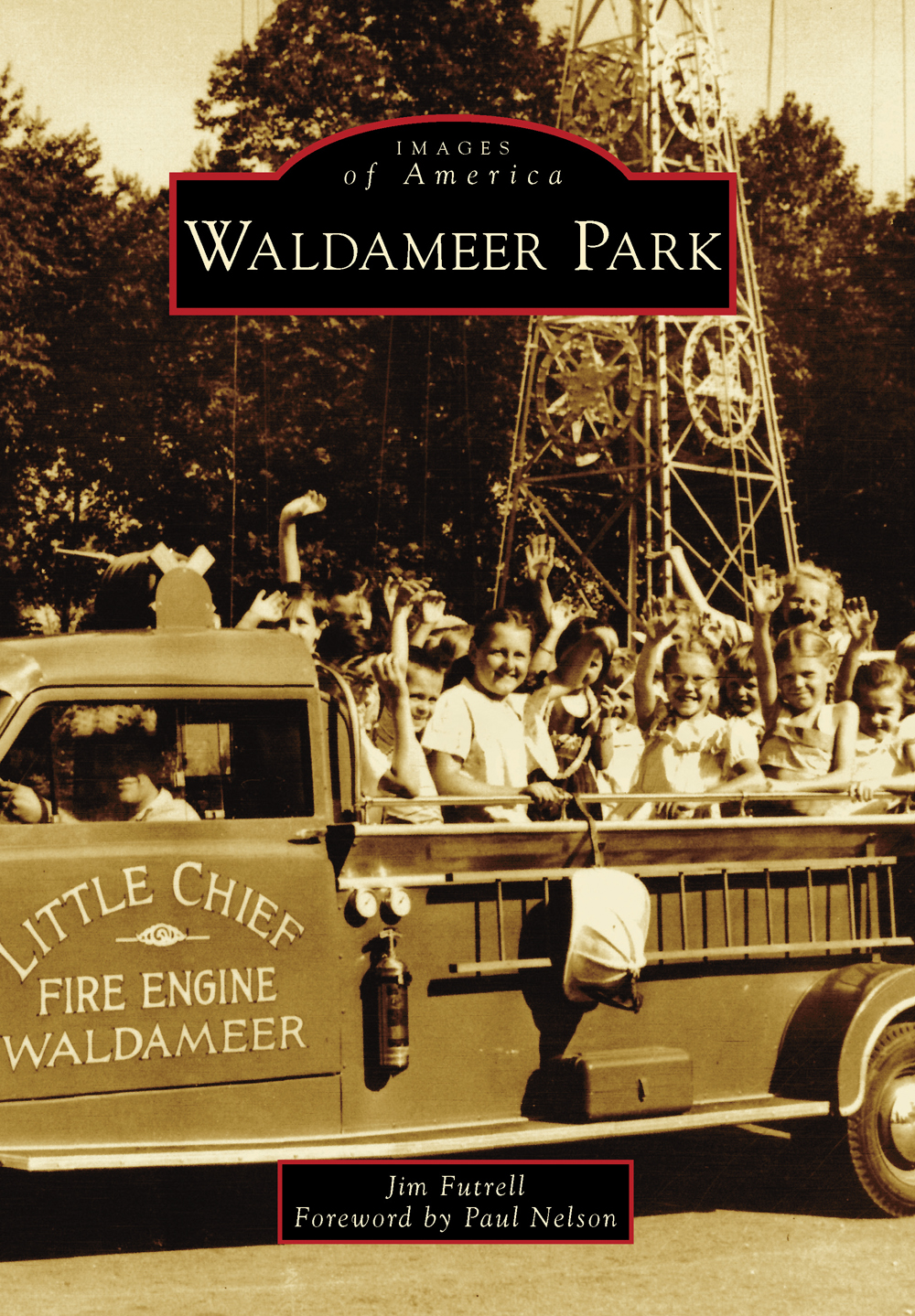
IMAGES
of America
WALDAMEER PARK

Employees of the Erie Electric Motor Company stand ready to welcome visitors to Waldameer Park in this early-1900s photograph. Located just west of downtown overlooking Lake Erie, Waldameer Park provided a welcome escape on a hot summer day. (WP.)
ON THE COVER: A group of children enjoys Waldameer Parks fire engine ride. A popular attraction in the 1950s, the ride offered a tour of the parks grounds. (WP.)
IMAGES
of America
WALDAMEER PARK
Jim Futrell
Foreword by Paul Nelson

Copyright 2013 by Jim Futrell
ISBN 978-0-7385-9837-6
Ebook ISBN 9781439643211
Published by Arcadia Publishing
Charleston, South Carolina
Library of Congress Control Number: 2012947935
For all general information, please contact Arcadia Publishing:
Telephone 843-853-2070
Fax 843-853-0044
E-mail
For customer service and orders:
Toll-Free 1-888-313-2665
Visit us on the Internet at www.arcadiapublishing.com
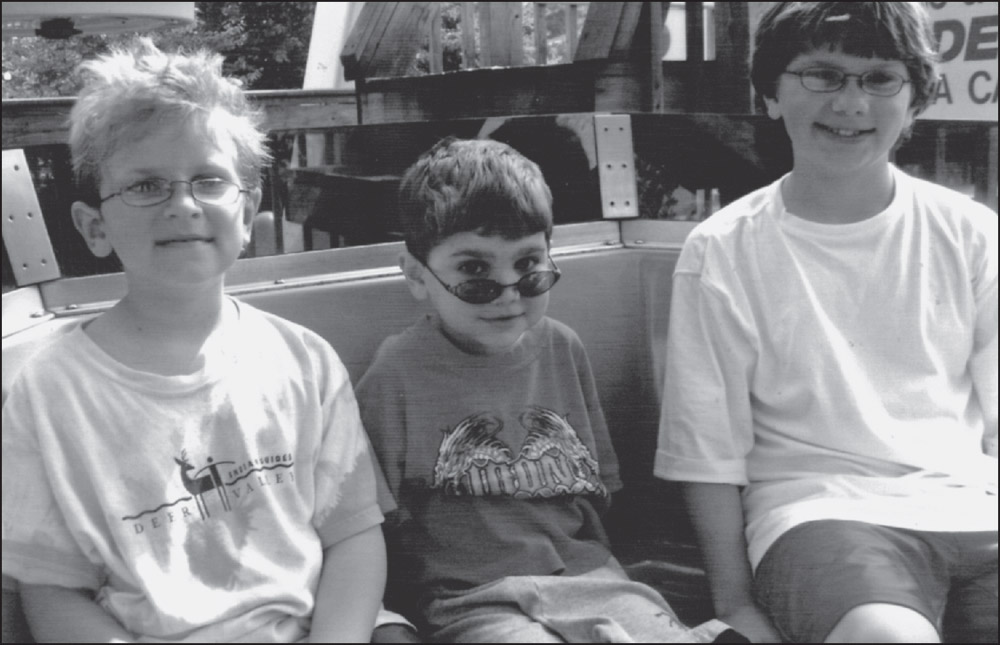
To families... the one that supports my passion, the one that has made Waldameer Park what it is, and the thousands that have made memories there.
CONTENTS
FOREWORD
Waldameer is for the community, and we are the caretakers of their park. We are the lucky people who have had the pleasure of running the Good Ship called Waldameer.
Waldameer started out as a picnic grove that was purchased by the Erie Electric Motor Company and turned into a trolley car park that was named Waldameer, a German name for Woods by the Sea. Back in the late 1800s, trolley companies purchased their electricity at a flat rate, and they needed places to go on weekends and holidays to entice people to use their trolleys to increase their weekend revenue. Thus, along came trolley parks across the country, but only a handful remain today.
Alex and Ruth Moeller, who were trusted with the responsibility to care for Waldameer, came to visit my parents in Dunkirk, New York, when I was 10 years old. I learned that they had an amusement park only 50 miles away and became very excited when invited to visit them the next summer. I could not wait for school to get out and have my parents take me to Erie, Pennsylvania, and boy, the weekend visit lasted until the school bells rang in September.
Alex Moeller took a great interest in an 11-year-old towheaded boy and before I left for home made a deal with me.... if I would come back every summer and live with and work for him until I finished my schooling and if I would take care of his wife (by then I called them Aunt Ruth and Uncle Alex), who was much younger than he, they would see that I, too, could take care of Waldameer for the people of Erie. I happily agreed, and we signed this with a warm handshake.
That was the beginning of a long, wonderful trip. By the age of 23, I had graduated from college, served my time in the Army, and came home to manage Waldameer.
I am 79 years old, and I am still in love with Waldameer and all the wonderful customers who make Waldameer what it is today.
Paul Nelson
ACKNOWLEDGMENTS
No book can be possible without the support of numerous individuals and organizations. First and foremost, I would like to thank Paul Nelson of Waldameer Park. He has dedicated his life to making the park what it is and ensuring that it is successful for generations to come. His memories have been priceless in bringing this book to life as has the access he granted to the park archives. I would also like to thank Pauls family for all of their helphis wife, Lane Nelson; son-in-law and daughter, Steve and Nancy Gorman; and grandson and his wife, Brian and Allison Gorman.
Also providing critical support are two longtime Waldameer Park employeesJanet Little and Randy Skalos. They share a special affection for the park and have been very generous with their time and memorabilia. Good friend and fellow Arcadia author Dave Hahner also proved to be a valuable resource for images.
Four people deserve my special gratitude for making this book a realitymy wife and best friend, Marlowe, and our sons, Jimmy, Christopher, and Matthew. They share and appreciate my passion for amusement parks and understand when I had to spend time working on this book when they might have wanted me to do other things.
Finally, I would like to give a special thank-you to my parents, Jim and Joanne Futrell. When I was a young kid, just starting to discover my amusement park passion, they never dismissed my interest. They went out of their way to encourage and support it. They will always have a special place in my heart for that.
The images in this volume appear courtesy of Jim Futrell (JF), Dave Hahner (DH), Janet Little (JL), Randy Skalos (RS), and Waldameer Park (WP).
INTRODUCTION
For many Americans, summer just is not complete without a visit to an amusement park. In fact, each year Americas approximately 400 amusement parks host nearly 300 million visitors.
One of the great things about amusement parks is the wide variety of facilities that people can visit. For many, amusement parks represent a vacation in and of itself at the huge theme park resorts in Orlando and California. Others see it as a daylong outing at a regional theme park with its record-breaking thrill rides. But the essence of the amusement park experience remains the classic, traditional-style amusement park with its shaded picnic grounds, action-packed midway, family-oriented rides, and nostalgic atmosphere.
That describes Waldameer Park. Since 1896, it has served as an escape for the people of northwestern Pennsylvania. Today, it represents a true survivor as one of just 11 of the hundreds of trolley parks that once dotted America that remains in operation.
While much of Waldameers growth has come in the past three decades, it represents just part of a rich industry legacy that goes back over 500 years, when pleasure gardens spread throughout European cities from the 1500s to the early 1800s. They provided a place to escape the dreary conditions in teeming cities and featured many attractions that are familiar today, including landscaped gardens, live entertainment, fireworks, dancing, games, and even predecessors to todays merry-go-round, roller coaster, and Ferris wheel rides.
In the late 1700s, America was emerging into a nation of its own, and as the country grew, simplified versions of the European pleasure garden started to appear. One example was Vauxhall Gardens, named after a renowned pleasure garden in London, which opened in New York City around 1767 and featured one of Americas first carousels.
The industry really flourished in the decades following the Civil War. With the Industrial Revolution sweeping across the nation, people flocked from the countryside into the cities, creating conditions similar to what existed in Europe a few centuries earlier. Those cities were linked by Americas burgeoning transportation infrastructure, which spread throughout the country. As it was making the nation smaller, it was also playing a critical role in developing the amusement park industry, as people with increasing amounts of money and free time sought to escape.
Among the first developers of amusement parks were railroads, which sought to build passenger traffic by developing several amusement parks, usually in the rural outskirts of cities. Steamship companies also pioneered the concept establishing resorts along waterfronts in the Northeast and the Midwest. But it was really the spread of the trolley that truly established the amusement park as an American icon.
Next page





